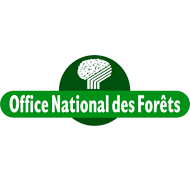One of the key actions of the SUDOE MONTCLIMA project is the design and implementation (testing and development) of common Action Plans for prevention and management of natural hazards, which will be validated and/or improved through pilot trials.
One of these pilot trials, led by CREAF, is being carried out in a Mediterranean oak forest in the Montnegre-Corridor Natural Park (Barcelona, Catalonia, Spain) with the aim of reducing the vulnerability of the forest to the fire risk. The pilot trial consists of applying adaptive forest management in a Strategic Management Point (PEG) for the control of large forest fires. The PEGs are locations in the territory where the modification of the fuel and / or the preparation of infrastructures allow the extinguishing service to carry out safe attack manoeuvres that reduce the progress of a large forest fire. In this sense, they represent spaces that, due to their spatially strategic location, have a key role as protective effect on a relevant surface of the Natural Park.
The pilot trial has been carried out at the Can Bordoi estate, in the municipality of Llinars del Vallès (Barcelona), which covers an area of 214 ha. Within this estate, the trial is performed in the extreme southwest, since in the case of a large forest fire that comes from the west and which would be the most likely in the area, it could lower the intensity of the fire, facilitating the tasks of extinguishing firefighters and preventing the entire massif from burning. Moreover, the applied management helps to strengthen the forest mass to the risk of drought affectation.

Location of the Can Bordoi estate, in the municipality of Llinars de Vallès, North of Barcelona.
The pilot trial has consisted of the application of adaptive forest management (selective felling, where the largest holm oaks are left, and scrubland clearing) on a 5.4-hectare plot and of creating open woodlands (elimination of stone pines affected by Tomicus and pasture recovery) on a 4.7 ha plot to create an open area that helps improve the fire resistance of the massif. In addition, a control plot of 1.9 ha has been left where no action will be taken and which will serve to compare with the managed area. The action has been carried out between February and June 2020 by the Montnegre-Corredor Forest Owners Association.
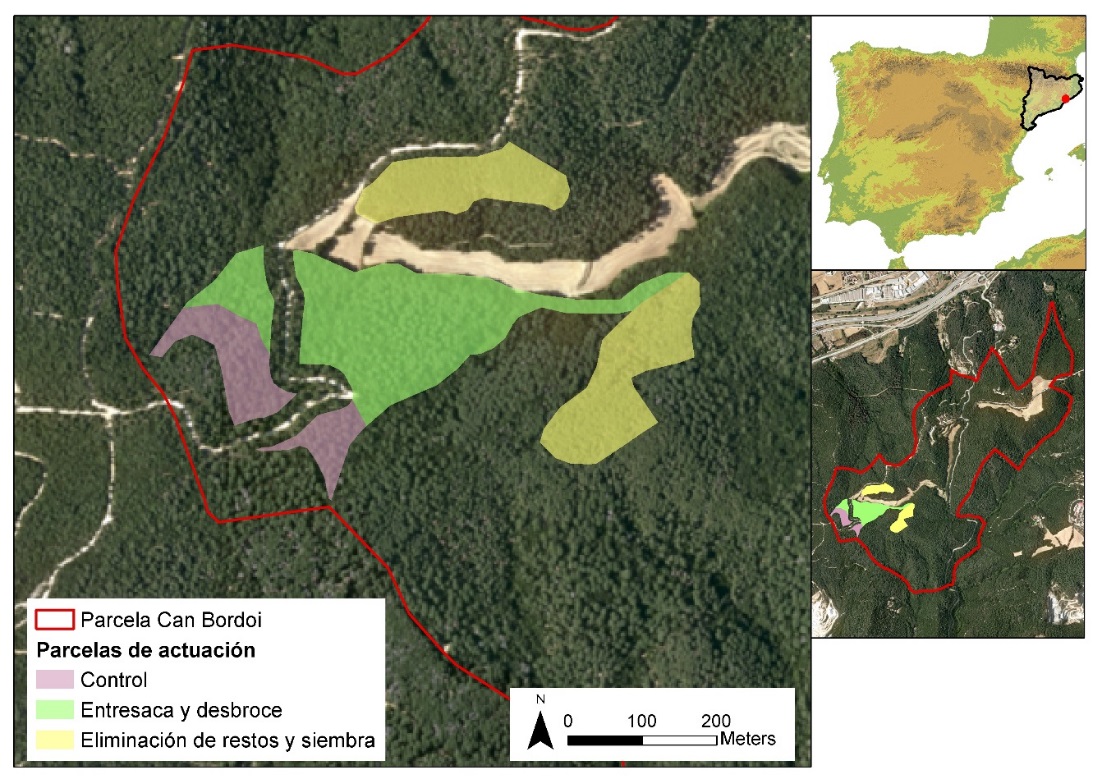
Delimitation of the action plots within the Can Bordoi estate.
The characterisation of the actuation and the annual monitoring is based in the installation of eight permanent inventory plots (10 m circular plots), five in the managed area and three in the control area. In these plots, a pre-action inventory was performed between January and February 2020 to characterize the forest stand before the management. Later on, a post-action inventory was implemented in June 2020 to estimate the weight of the intervention (volume and basimetric area extracted, changes in fuel continuity ...). Finally, a monitoring network was installed in July 2020 to monitor and measure the forest and environmental variables during two years (2020-2021). This campaign consists of recording the evolution over time of a series of indicators that allow to know if the Holm oak forest is less vulnerable to the risk of fire thanks to the applied adaptive forest management. To do this, these indicators are monitored in the area where management has been applied and in the control plot, and compared. The monitoring indicators are the following: changes in forest structure, fuel continuity, fuel moisture, forest health, soil moisture, temperature and relative humidity.
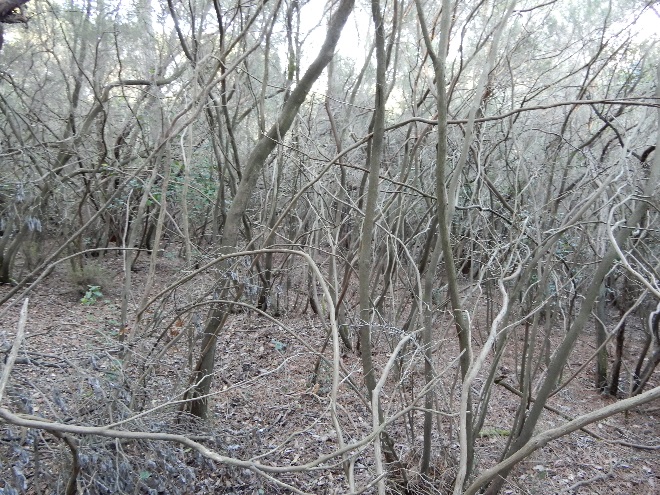
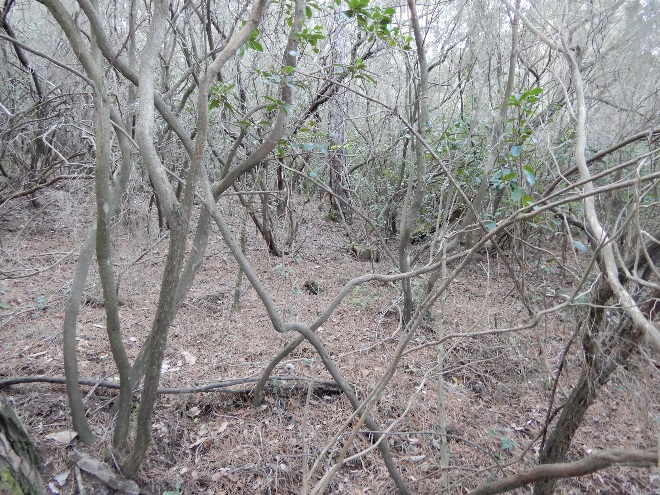
Initial state of the oak forest of Can Bordoi.
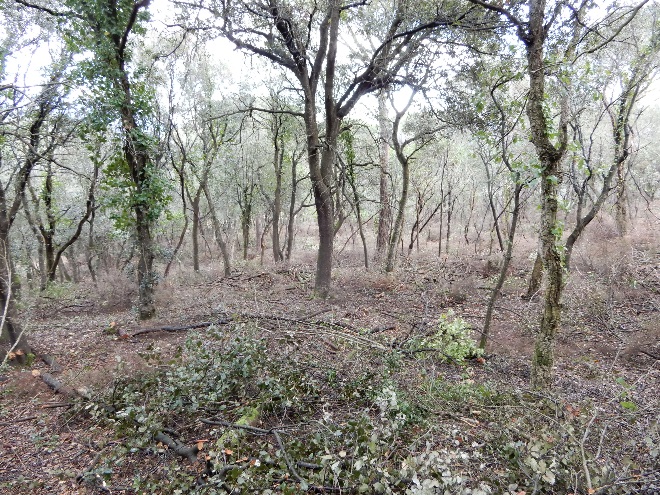
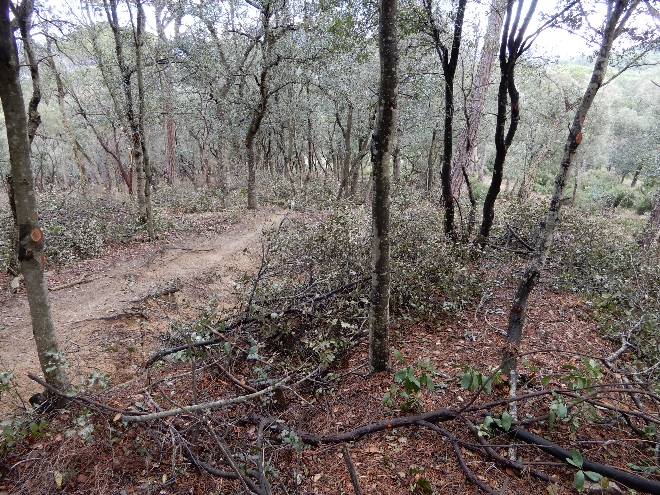
Final state of the oak forest of Can Bordoi after the application of adaptive forest management







